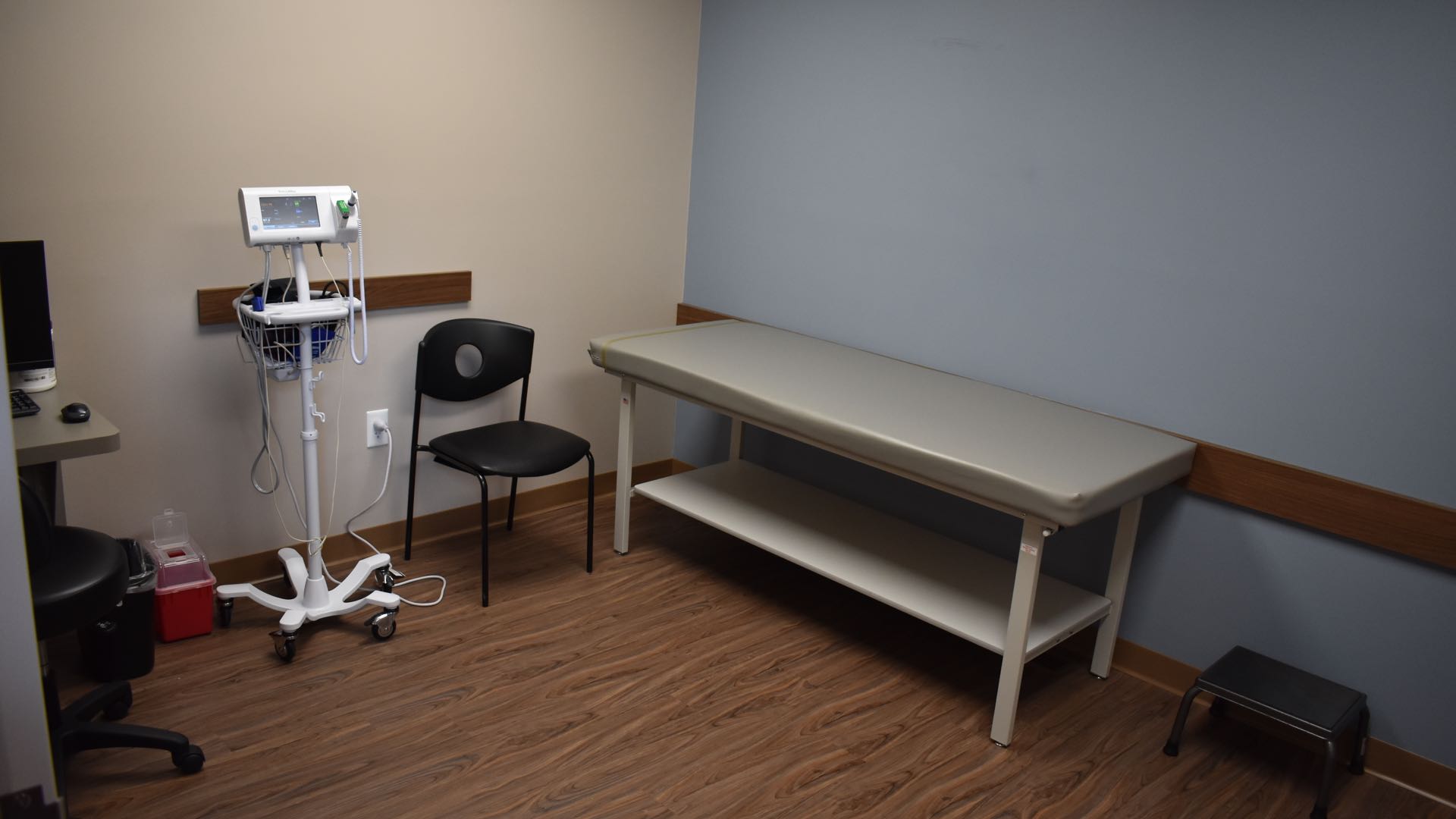Researchers’ best guess is that roughly 1 in 10 Americans misuse drugs. Although that doesn’t mean 10% of the population is addicted, it does mean that we can do more to prevents misuse, drug dependency, and addiction. A U.S. Preventive Services Task Force recommends that doctors ask every adult patient about both prescription and street drug use whenever possible. This national panel of experts is appointed by the Federal Department of Health and Human Services suggested that medical professionals screen every single adult patient to combat the rise of substance abuse and drug addiction in the US.
This recommendation is intended to reach primary care physicians to ensure that adult patients are using prescriptions and medication properly, hopefully helping to reduce the alarming rates of addiction, overdose, and death related to opioids including pain pills, heroin, and fentanyl. Although not required by law or medical statute, the recommendations by the Task Force are important. Any services the Task Force officially recommends are required to be covered by insurance with minimal co-pay. Likely since these screenings should occur by primary care physicians during every adult patient visit, the incremental cost will be minimal.
These new recommendations are a far cry from just one decade ago when the same Task Force essentially felt that it didn’t have enough evidence to prove that universal adult screenings would actually help stem drug addiction or misuse. The change of opinion may be based in several new studies that link conversations or questionnaires from physicians with lower drug use and abuse. The evidence of the benefits of screening for pregnant patients is overwhelming where reporting on use or misuse of addictive substances often results in pregnant patients seeking help and finding sobriety. Moving from research into implementation, especially on a national scale, includes countless challenges, though, and it is not clear what the expected timeline for implementation will look like. Because those in active addiction are generally easier to identify, the main goal is to help patients who are starting to abuse or misuse substances identify and correct the problem before falling into the throes of addiction. If we can intervene and provide care earlier, a certain segment of patients could avoid the viscous cycle of addiction, drug rehab, and relapse, hopefully ending with long-term sobriety. Further, if doctors stop at the screening, it is unlikely that we will see a statistical improvement. Patients who are identified to be at risk or already in active addiction have to be referred to effective drug rehab programs or outpatient addiction treatment clinics. This type of screening would also be helpful for those who receive various medications from different medical specialists. Think of an aging person who gets an anti-inflammatory from their rheumatologist, blood pressure medication from their cardiologist, and painkillers from their pain management physician. Screening to this degree should help all three physicians to understand how the various medications react and ensure that the patient is not being treated by each provider in a vacuum.
